Found 7 results.
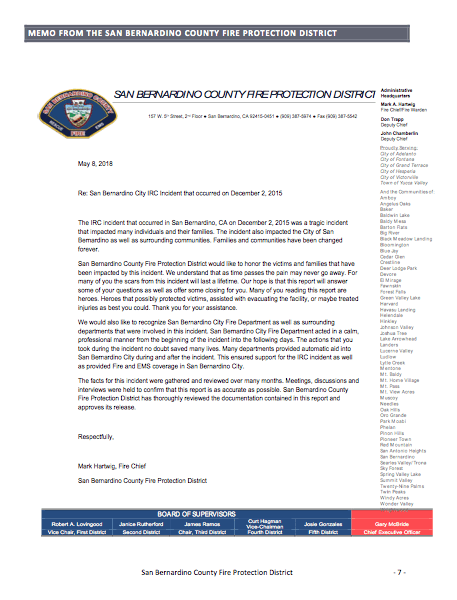
We were privileged to be hired as part of a team to provide the San Bernardino County Fire Protection District with a comprehensive analysis and review of the response by the San Barnardino City Fire Department to the active shooter incident of December 2, 2015. Our thanks goes out to everyone involved for their time and expertise and the willingness of the responders who shared their stories from that day, in an effort to enhance the response capabilities of others.
Read More
Tactical Combat Casualty Care & Evidence Based Medicine: The Good, The Bad, The Irrelevant (Part II)
This is a two part podcast with Dr. Daved VanStralen discussing the topic of evidence based medicine and TCCC. We have taught and "preached" TCCC for over a decade, while defending the guidelines, equipment, and recommendations with the "mantra" evidence-based medicine. After years of unexplained failures and issues, we take a look at what "EBM" actually is, and whether its performance parameters are relevant to your operational parameters.
Please check out the podcast page at elementrescue.com for additional information, research, and links.
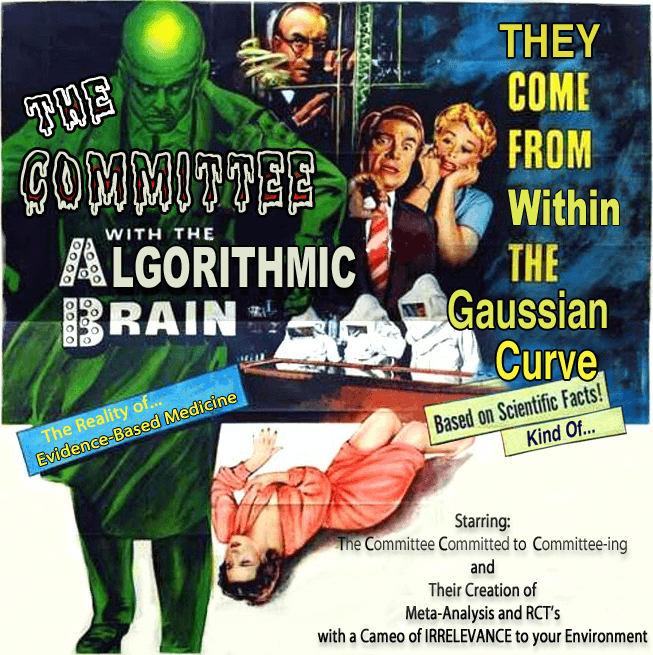
Tactical Combat Casualty Care & Evidence Based Medicine: The Good, The Bad, The Irrelevant (Part I)
This is a two part podcast with Dr. Daved VanStralen discussing the topic of evidence based medicine and TCCC. We have taught and "preached" TCCC for over a decade, while defending the guidelines, equipment, and recommendations with the "mantra" evidence-based medicine. After years of unexplained failures and issues, we take a look at what "EBM" actually is, and whether its performance parameters are relevant to your operational parameters.
Read More
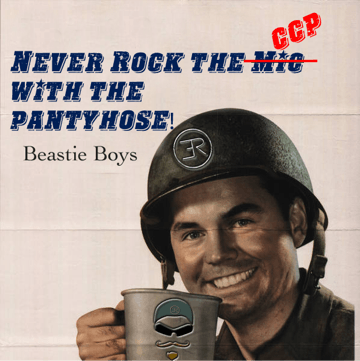
Outlier Considerations to Improve Morbidity & Mortality During Active Shooter Events- Part 2B
In this episode we briefly discuss why we take an HRO approach to the dynamic violent incident, versus an evidence-based medicine / methodology. We will be going into greater depth on this subject in the near future... I am sure you will be just as surprised, (and disappointed) as we were. We also discuss some breaching considerations and options, we touch on a little halligan anatomy, and some of the physics behind various breaching techniques, which is the foundation for improvisation.
Read More

Outlier Considerations to Improve Morbidity & Mortality During Active Shooter Events- Part 2A
Part 2 of this series is broken into “Part 2a” & “Part 2b”, each around 30-40 minutes long. In this episode we briefly discuss why we take an HRO approach to the dynamic violent incident, versus an evidence-based medicine / methodology.
Read More
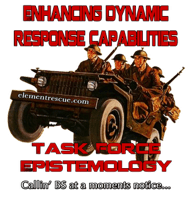
Outlier Considerations to Improve Morbidity & Mortality During Active Shooter Events- Part 1B
This is the second half of Part 1. In this section we dig a little deeper into a few tragic events known throughout the first responder arena, and examine what really occurred and what lessons there are to be learned. Without digging into the minutiae of the event, critical aspects can be overlooked or dismissed, which could impact our response and training dramatically. Another important “take home point” with these events is the fact that many of them learn from one another. Similar to the evolutionary tactics of the Chechnyans, there is a learning cycle, and small adaptive changes that are implemented within the next attack. Very rarely are these attacks “revolutionary” but rather evolutionary.
Read More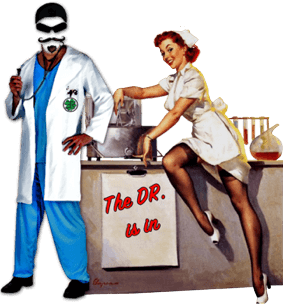
Outlier Considerations to Improve Morbidity & Mortality During Active Shooter Events- Part 1A
This is a multi-part series focusing on often overlooked first responder skill sets that have a direct correlation to decreasing mortality during dynamic events. With events like Virginia Tech, Sandy Hook, and Boston, professional communities come forward with new tactics, guidelines, and acronyms. Many of them useful to a degree, but unfortunately many are created in their individual paradigms and only relevant to the latest atrocity.
Read More